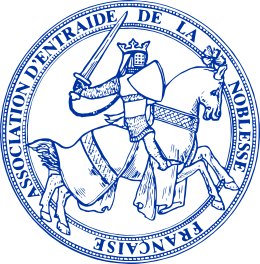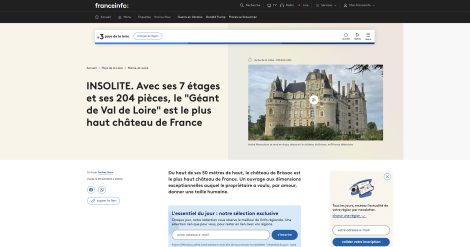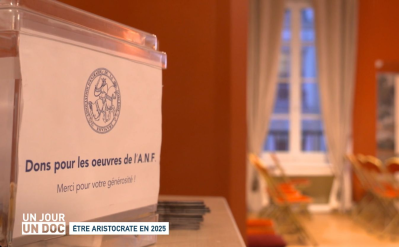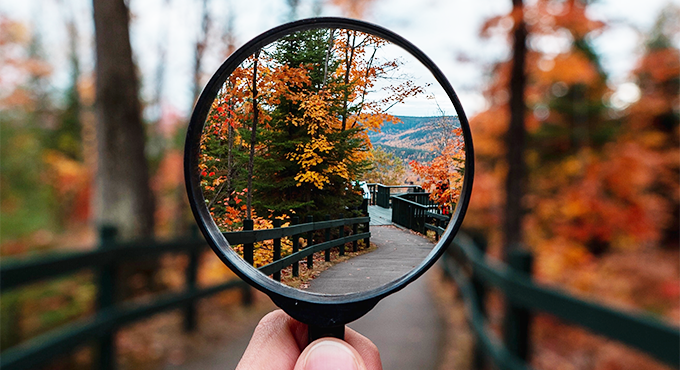News

Le Figaro: "Sauternes: the ingredients that make Château de Fargues a unique wine".
Château de Fargues has always held a special place in the hearts of Sauternes wine lovers. It has to be said that Philippe de Lur-Saluces' estate doesn't do anything like everyone else.
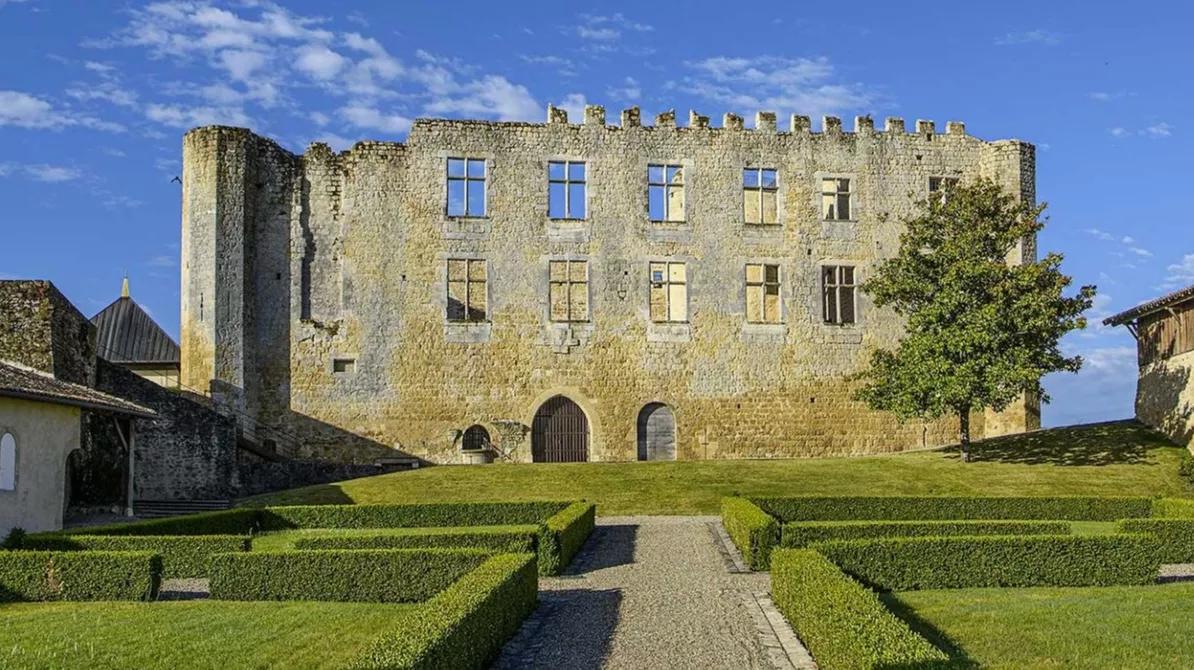
The fortress of Château de Fargues. Château de Fargues
"There is no such thing as a predestined great vineyard, only the stubbornness of civilization." Philippe de Lur-Saluces, owner of Château de Fargues in the Sauternes region, quotes Bordeaux journalist and writer Pierre Veilletet. "I really have the feeling," he continues, " that this is what we're doing at Fargues: we're persisting in this civilization of the vine." Tasting the wine, the word "civilization" seems appropriate. With its characteristic softness, Fargues confirms its uniqueness: a golden color where age accentuates a flash of coppery orange, a nose unfolding a bouquet of flowers - heliotrope, lily of the valley, jasmine, orange blossom... - honey and ripe yellow fruit, and on the palate a harmony of candied fruit - peach, apricot, quince - mango and pineapple. Paradoxical like all great Sauternes, Fargues is rich but never syrupy, sweet but sustained by a fresh acidity of citrus zest (mandarin, pomelo). In fact, from vintage to vintage, words fail us: this is an indescribable Sauternes, alive, caressing and unclassifiable.
Although the property, dominated by its impressive medieval fortress whose silhouette is reminiscent of a Victor Hugo drawing, has been in the de Lur-Saluces family since 1472, Château de Fargues does not have the seniority of its Sauternes classified counterparts - among which Châteaux de Malle, Filhot, Coutet and d'Yquem were once part of the de Lur-Saluces family estates. In fact, the vineyard has only been devoted to sweet wines since 1943, almost nine decades after the famous 1855 classification, which explains why it was not included. That year, Bertrand de Lur-Saluces, Philippe's great-uncle, decided to replace the estate's red grape varieties with white ones: Semillon (80%) and Sauvignon Blanc (20%). A wise decision: the terroir finally found its vocation and Botrytis cinerea - noble rot - a favorable breeding ground. Although young in decades, Château de Fargues wine seems to have been polished for centuries.
Excellence against all odds
From 1968 until his death, Alexandre de Lur-Saluces was at the head of the estate. In 2023, Philippe took over from his father, accompanied by his wife Charlotte and François Amirault, operations manager. The handover was a seamless one," says Philippe, "because I worked with my father for quite a long time, and he gradually let me take over. We never had any fundamental differences of opinion." The estate's choices - to work only with a limited number of négociants in Bordeaux, not to make any second wines and to reserve production of the liquoreux for the best vintages - reflect this determination to maintain excellence in a difficult commercial context for Sauternes. Philippe is reassured when influential sommeliers confide in him: "We can't let this region wither away, we have to do something", and use their influence on consumers to promote Sauternes.

Philippe de Lur-Saluces, 16th generation. Savinien Tonelli
When it comes to promoting Sauternes, Philippe de Lur-Saluces is convinced that gastronomy is the key, and that there are many ways to pair it. It's also a wine that appreciates contrasts: oysters, shellfish, fish, white meats, poultry - including stuffed poultry at Christmas - full-bodied or even spicy dishes, fruit tarts, mature cheeses, especially blue-veined cheeses. Philippe doesn't hesitate to serve Fargues alongside fine charcuterie such as foie gras, terrines and galantines.
In October 2013, when American novelist Jay McInerney celebrated the release of the French edition of his wine chronicles* at the Parisian restaurant Le Taillevent, he selected a 1997 Château de Fargues from the restaurant's cellars to accompany a pheasant hen. The dish remained on the menu. The Taillevent team subsequently noticed that customers, captivated by the match between the game and this Sauternes, were raving about it, and spoke of nothing else at the table. It should also be pointed out that this exceptional wine stands on its own, and that drinking it on its own is always a delight.
*Bacchuset moi, éditions de La Martinière.
Read the article on www.lefigaro.fr
By Sophie Brissaud
Published December 25, 2024
